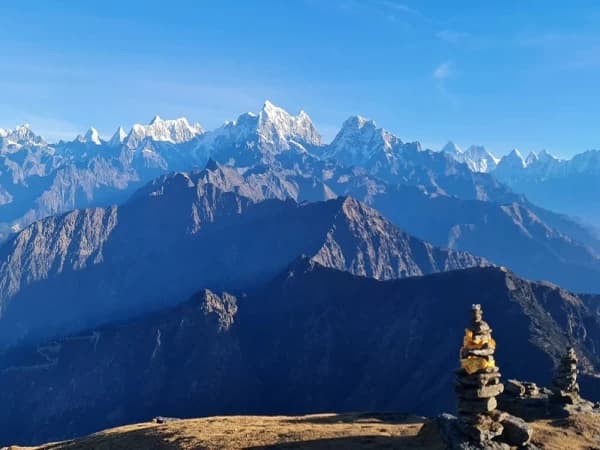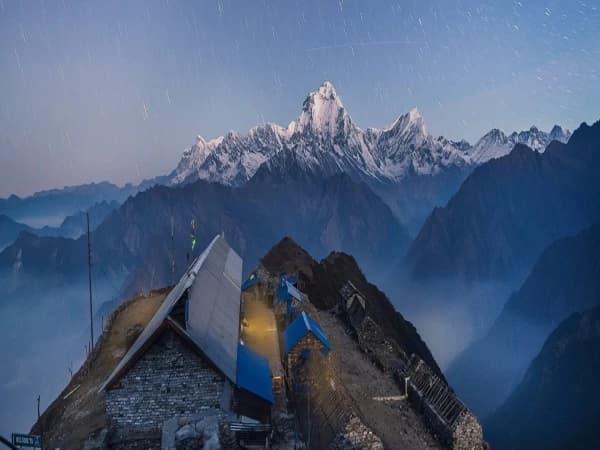Mera Peak Climbing Highlights
- Reach the top at 6,467m (21,247ft), the highest trekking peak in Nepal.
- Enjoy close-up views of Everest, Kanchenjunga, Lhotse, Makalu, and Cho Oyu.
- A non-technical climb, perfect for beginners wanting to climb their first mountain in Nepal.
- The Mera Peak climbing path is clear and easy to follow.
- Discover exotic flora and fauna, pristine glacial lakes, the Hinku Valley, waterfalls, yak pastures, and glacial rivers.
- Walk through small, uncrowded settlements with breathtaking views.
- Enjoy enough days to acclimatize and receive pre-climbing training.
- Led by skilled Sherpa climbers
- Pass through beautiful Sherpa villages like Paiya, Thaknak, and Khare.
- Enjoy 360° views of the snowy peaks from the summit, most of which are over 6,000m.
Mera Peak is known as the highest trekking peak in Nepal, and it’s a fantastic challenge for any adventurer. The best part? It’s not too technical, so there’s an 80% success rate for reaching the summit. Every year, thousands of trekkers and climbers set their sights on Mera Peak, and most of them make it to the top. The rocky trails, rushing rivers, and stunning views of surrounding peaks will leave you absolutely amazed.
Mera Peak, standing at 6,467m (21,247ft), is the highest trekking peak in Nepal. Located in Sagarmatha National Park, it is part of the Mahalangur range and Barun sub-section of the Himalayas. Mera Peak has three main summits: Mera North (6,476m), Mera Central (6,461m), and Mera South (6,065m).
Positioned south of Mount Everest, Mera Peak overlooks the uninhabited valleys of Hongu and Hinku, offering spectacular views of the world’s highest mountains. While Mera North is the true summit, it is rarely climbed due to its glacier route and technical challenges. Most climbers prefer Mera Central for its easier access. Mera Peak is one of Nepal’s most popular and busy trekking peaks in Makalu Barun National Park.
J.O.M. Roberts and Sen Tenzing made the first successful ascent of Mera Peak on 20 May 1953, using a route that remains the standard today. French climbers Marcel Jolly, G Baus, and L Honills reached the true summit of Mera North in 1975.
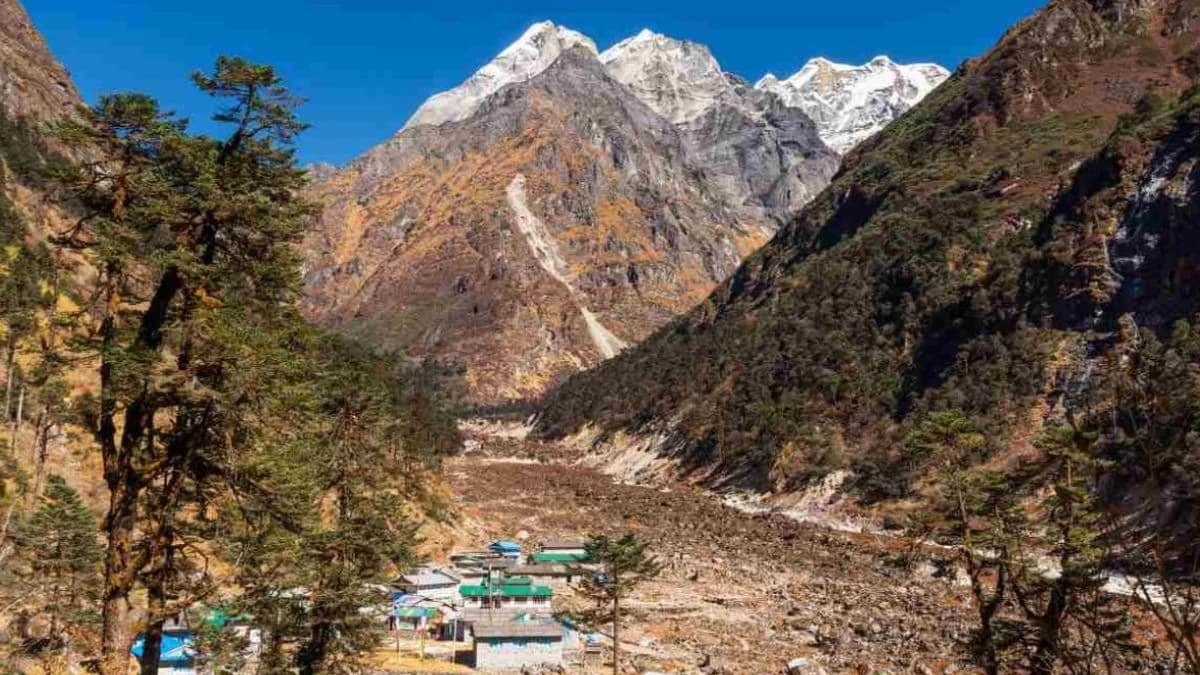
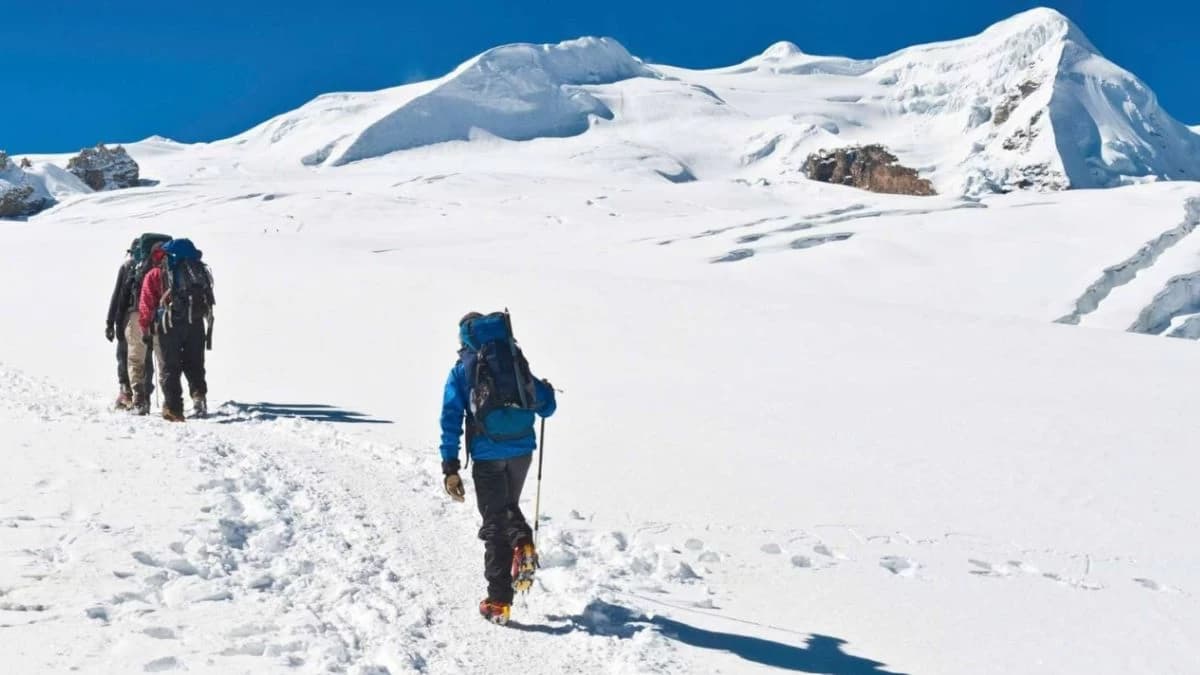
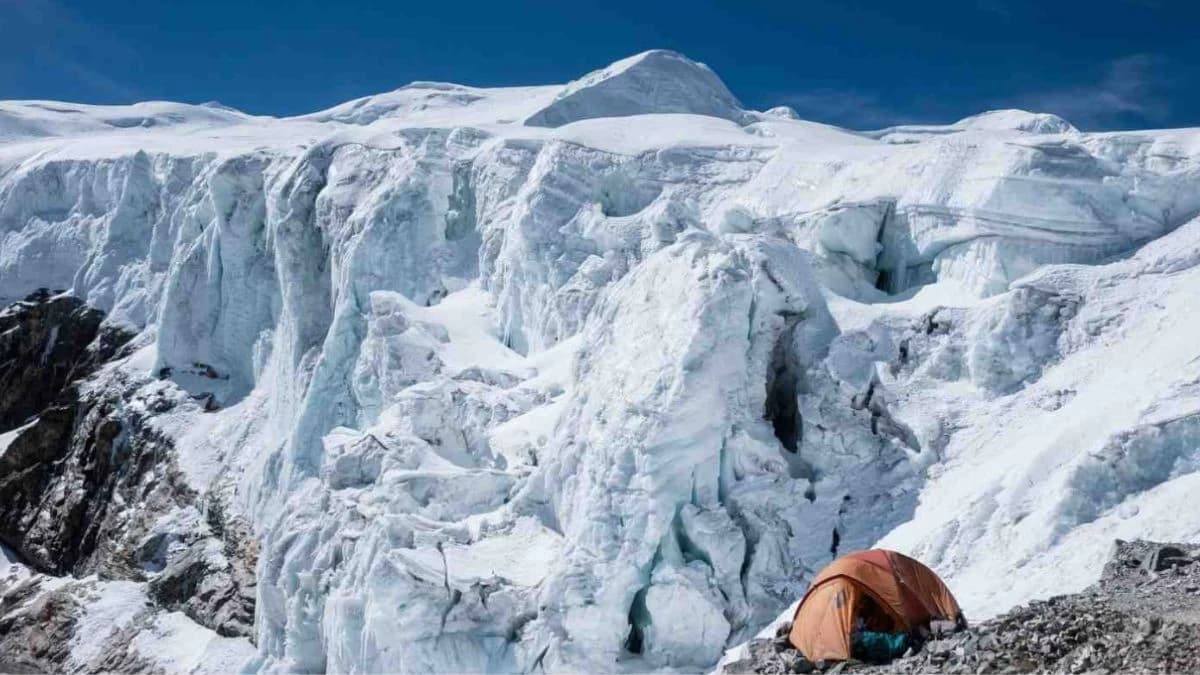


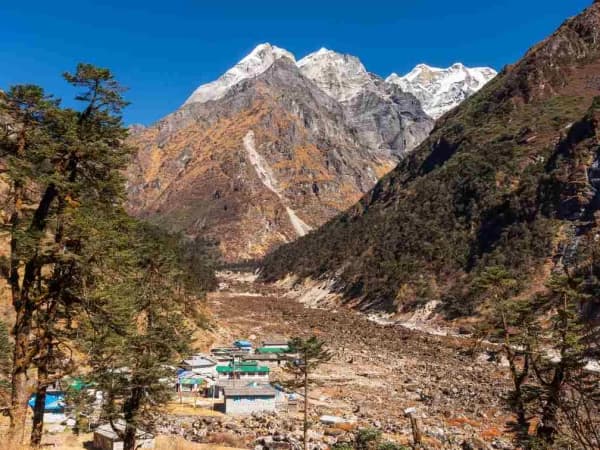

-(1).webp&w=1200&q=75&dpl=dpl_2PwU5ZDv8uoJ3KrzEVbz8N547HgX)
